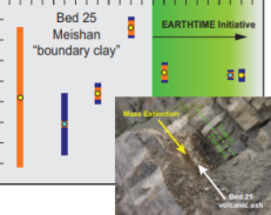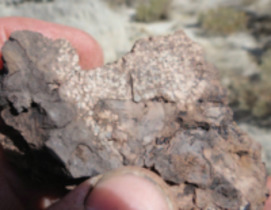High-Precision Geochronology
High-precision geochronology is integral to testing hypotheses regarding the correlation, causes, and rates of events and processes in Earth history. Recent studies have sought to reconcile very precise, but apparently conflicting, ages for the same geological samples and events using different chronometers. Both systematic (decay constants, ages of standard materials) and geological (daughter-nuclide loss, inheritance) complexities contribute to the challenges of rock-clock calibration. Community-wide efforts to improve radioisotope geochronology have successfully mitigated many of these factors, and have brought high-precision geochronology to a threshold of unprecedented integration with stratigraphic and geochemical proxies of Earth systems dynamics.
High-Precision Geochronology Read More »



